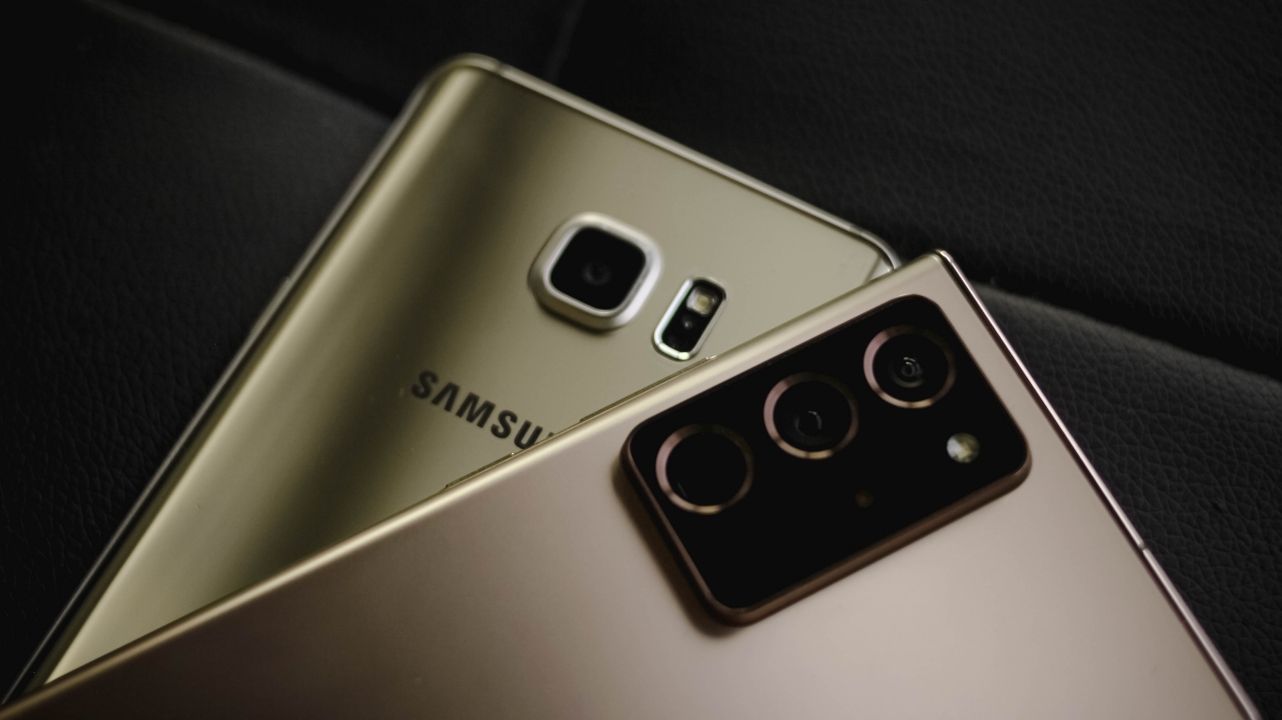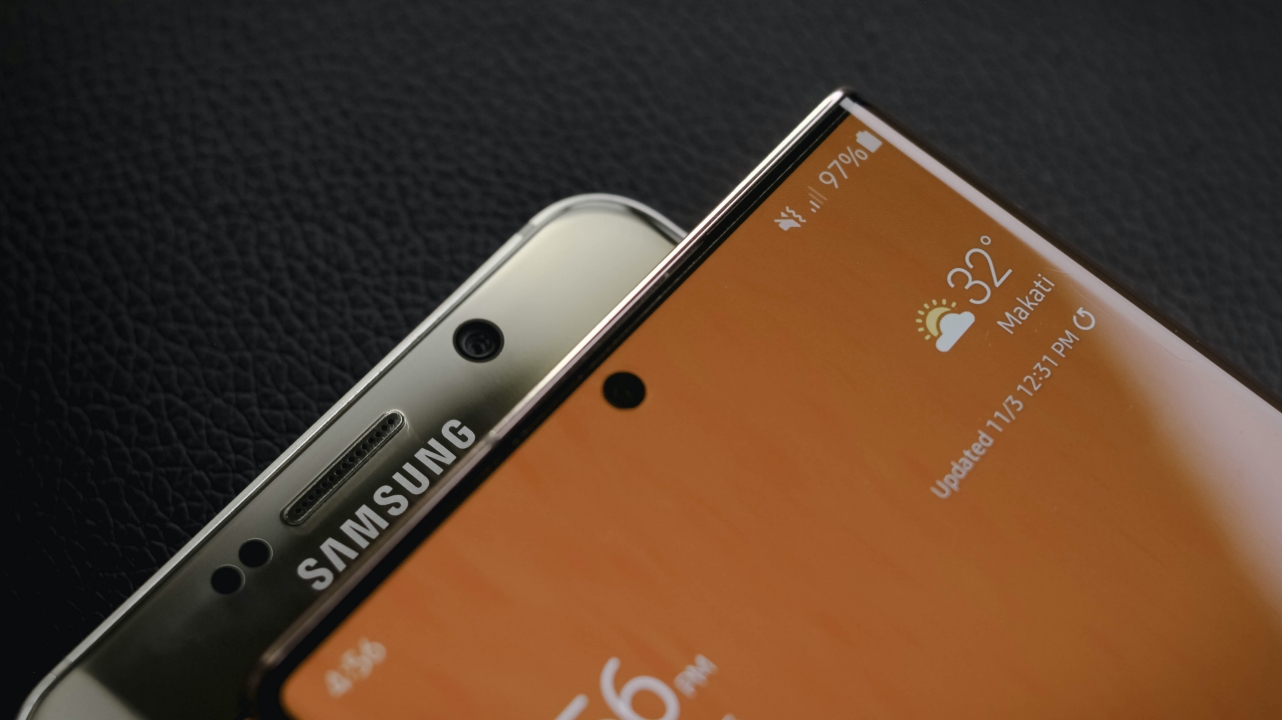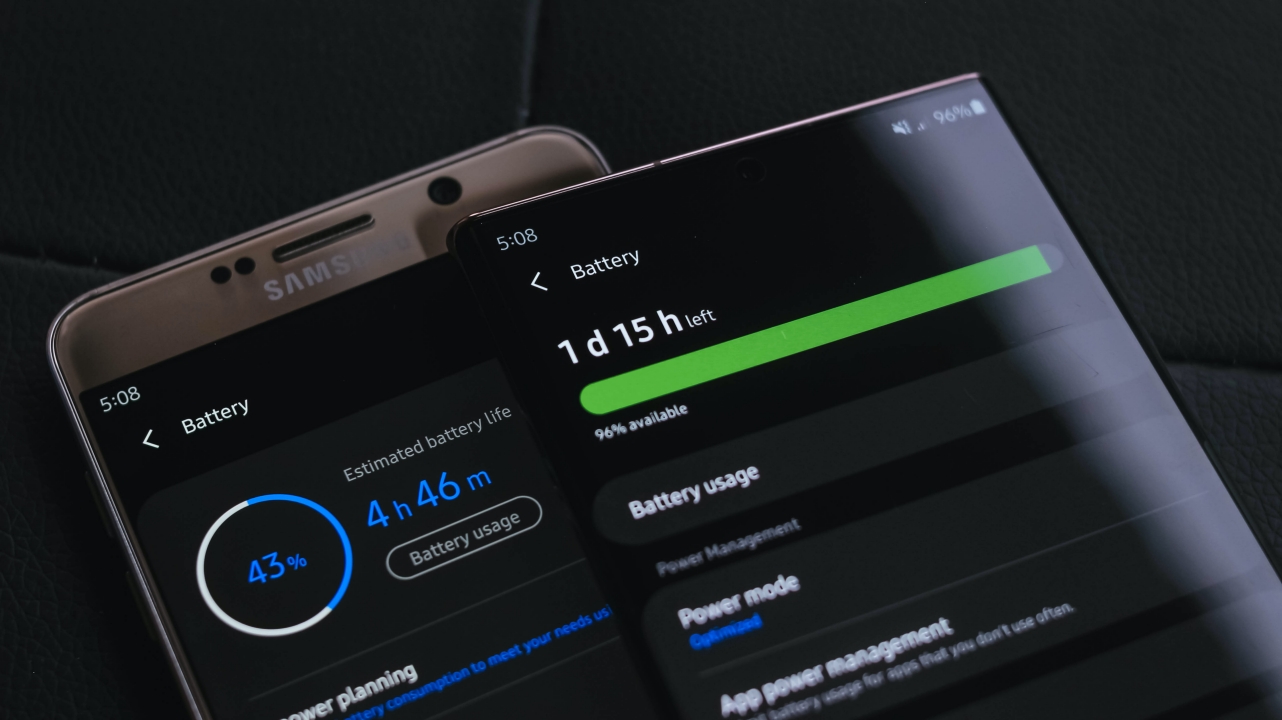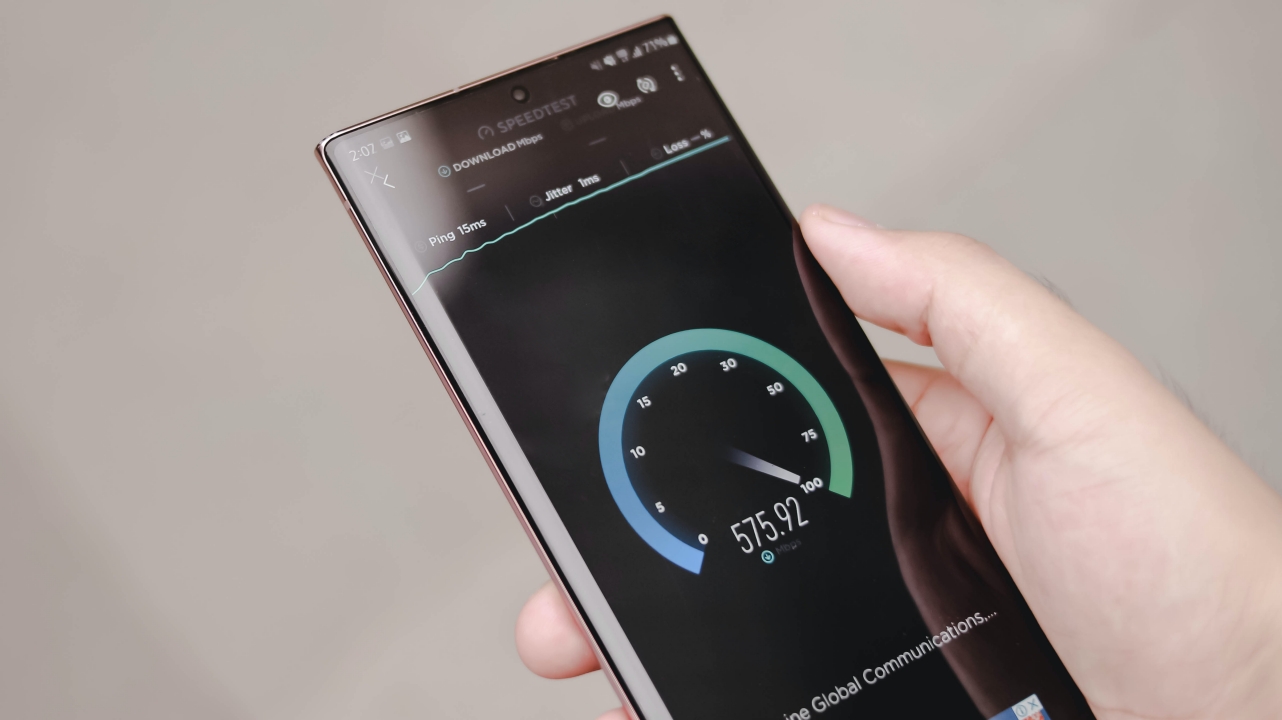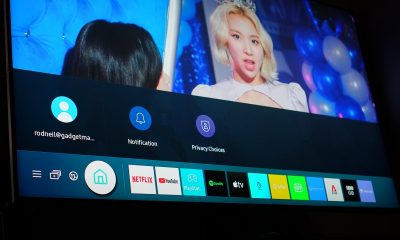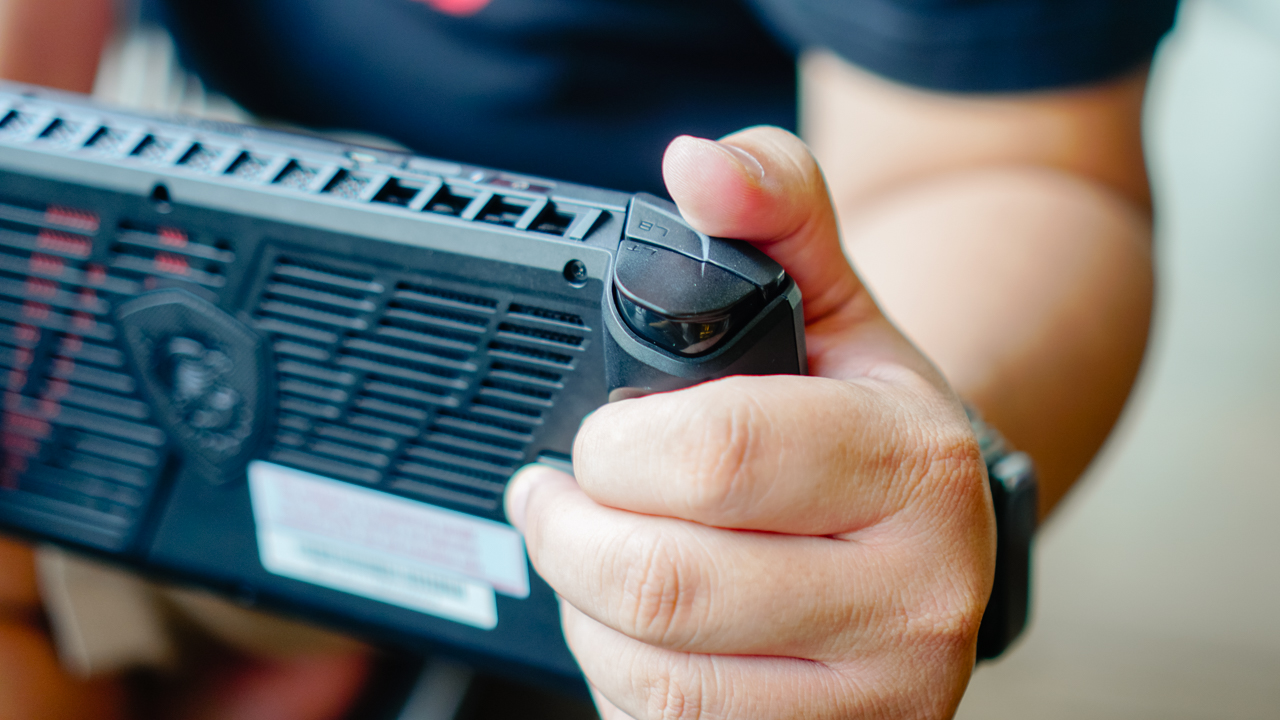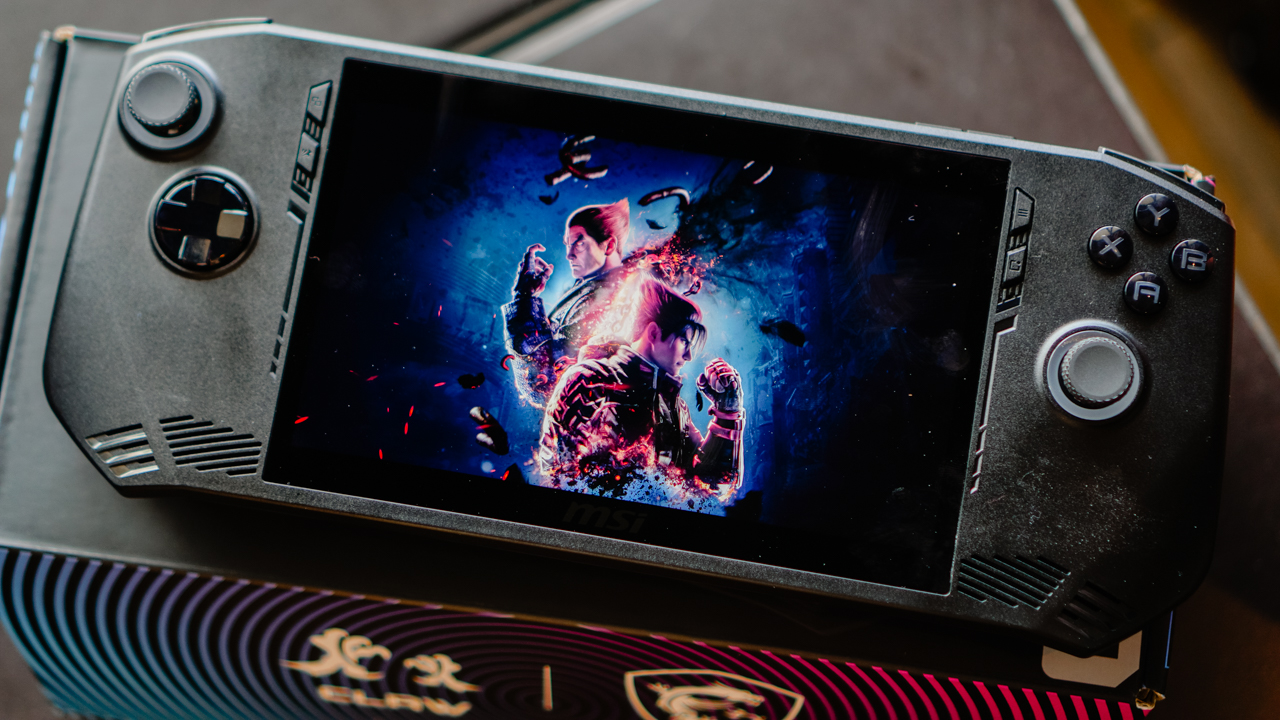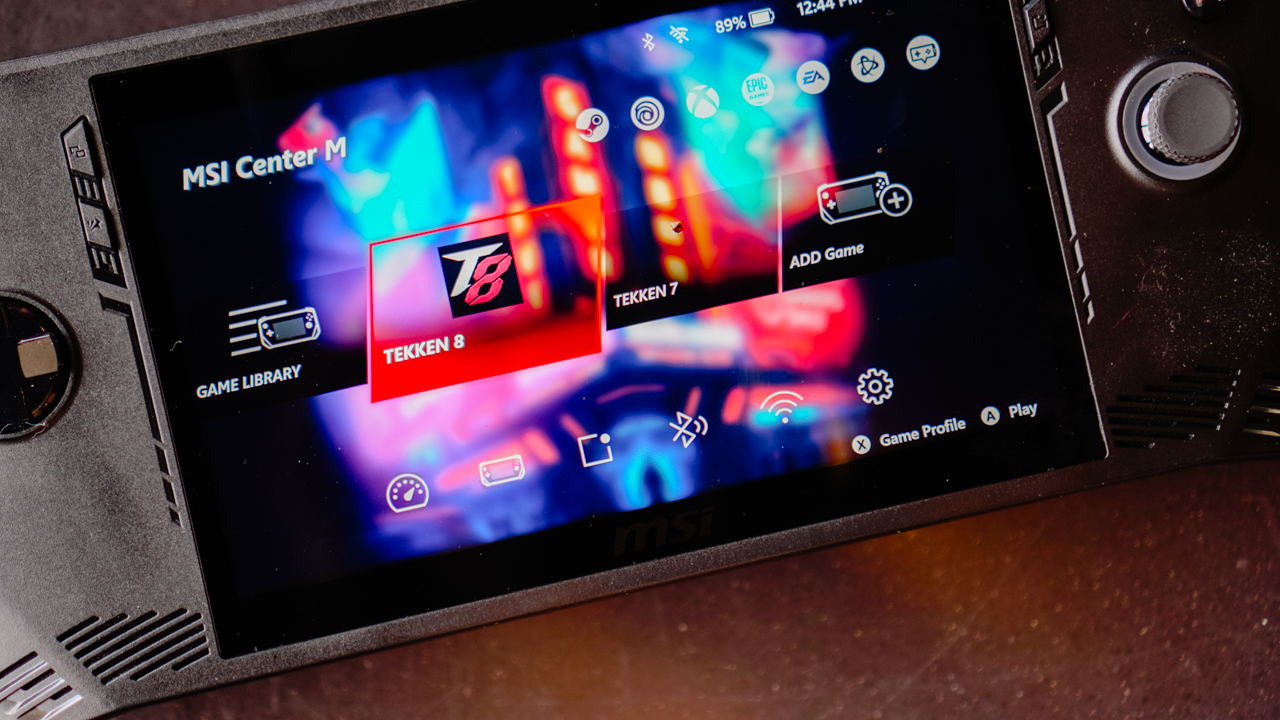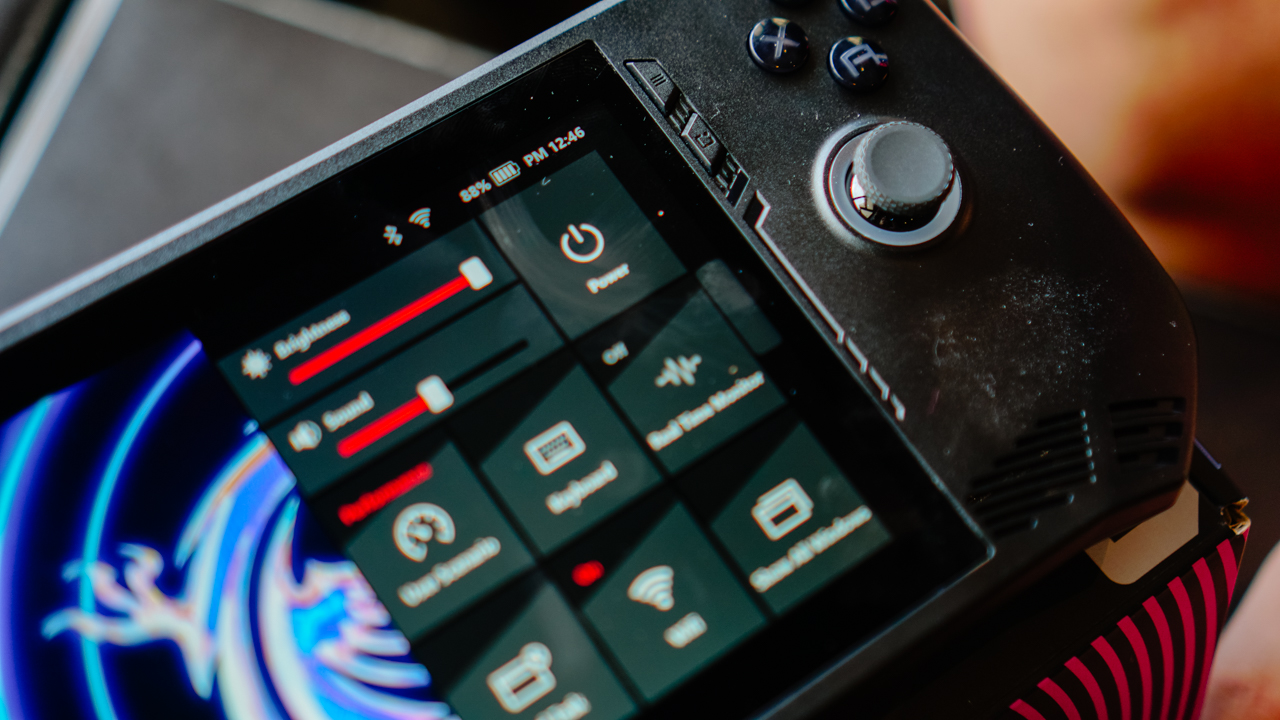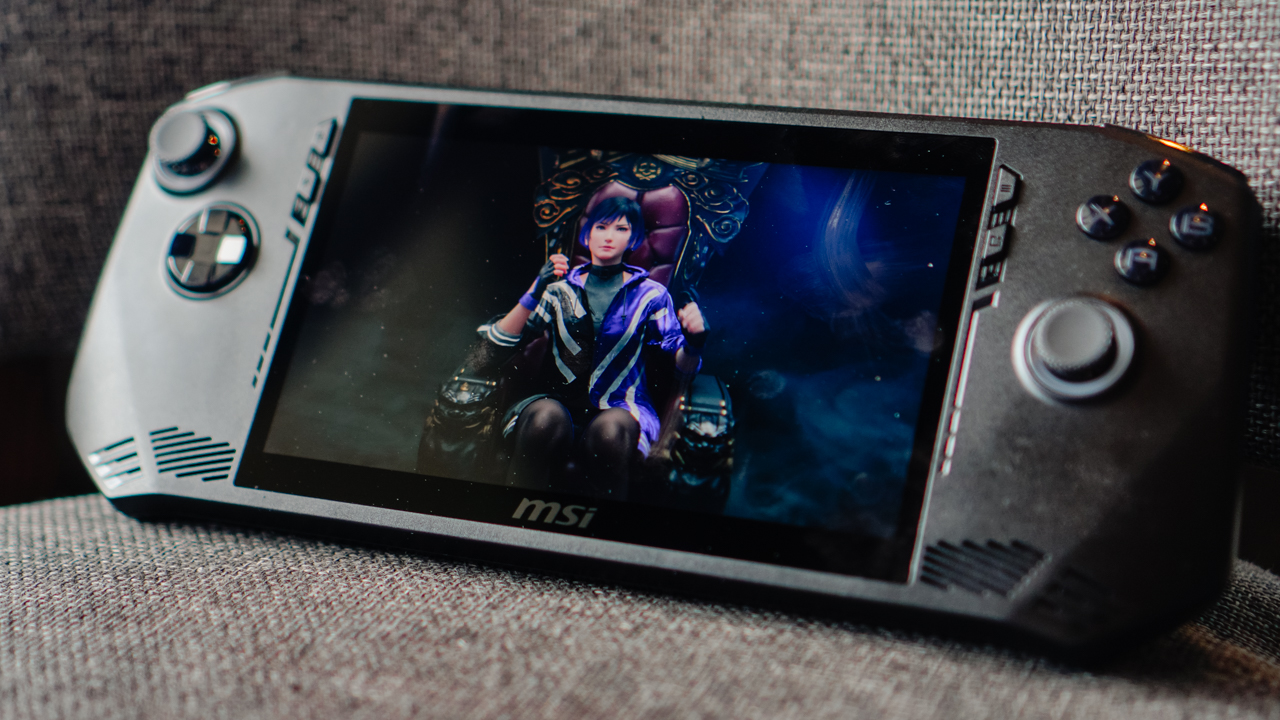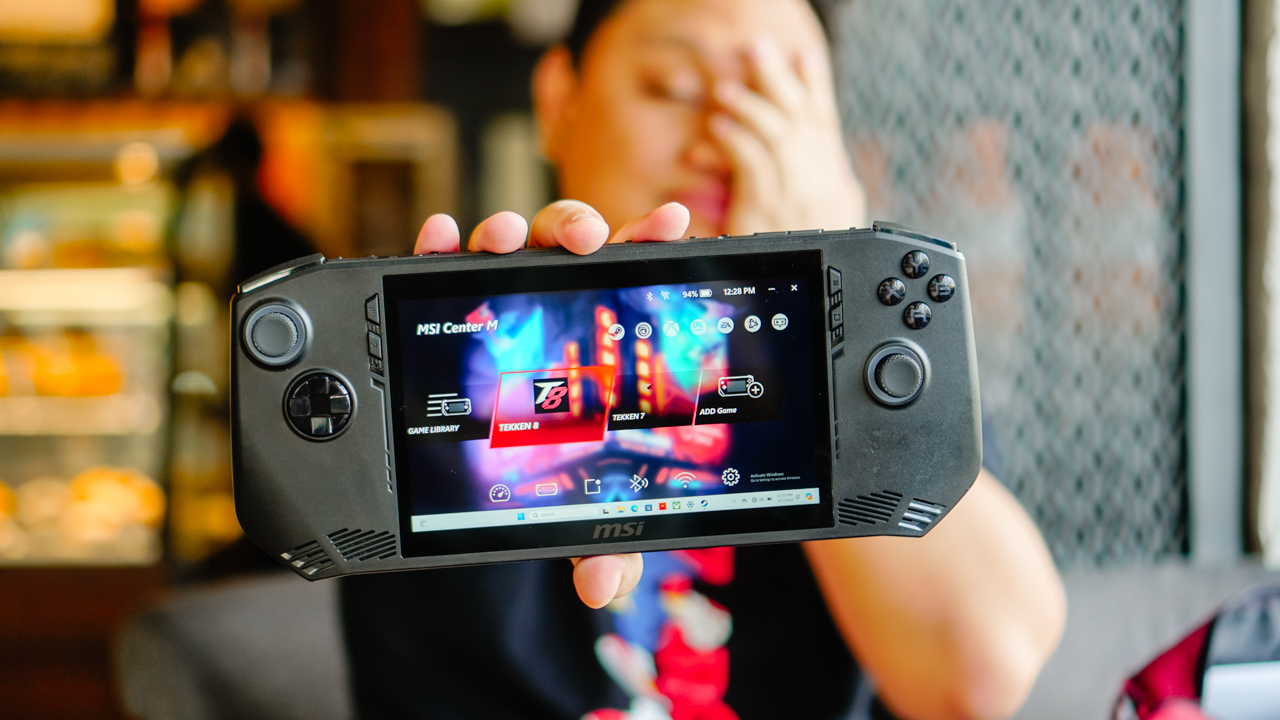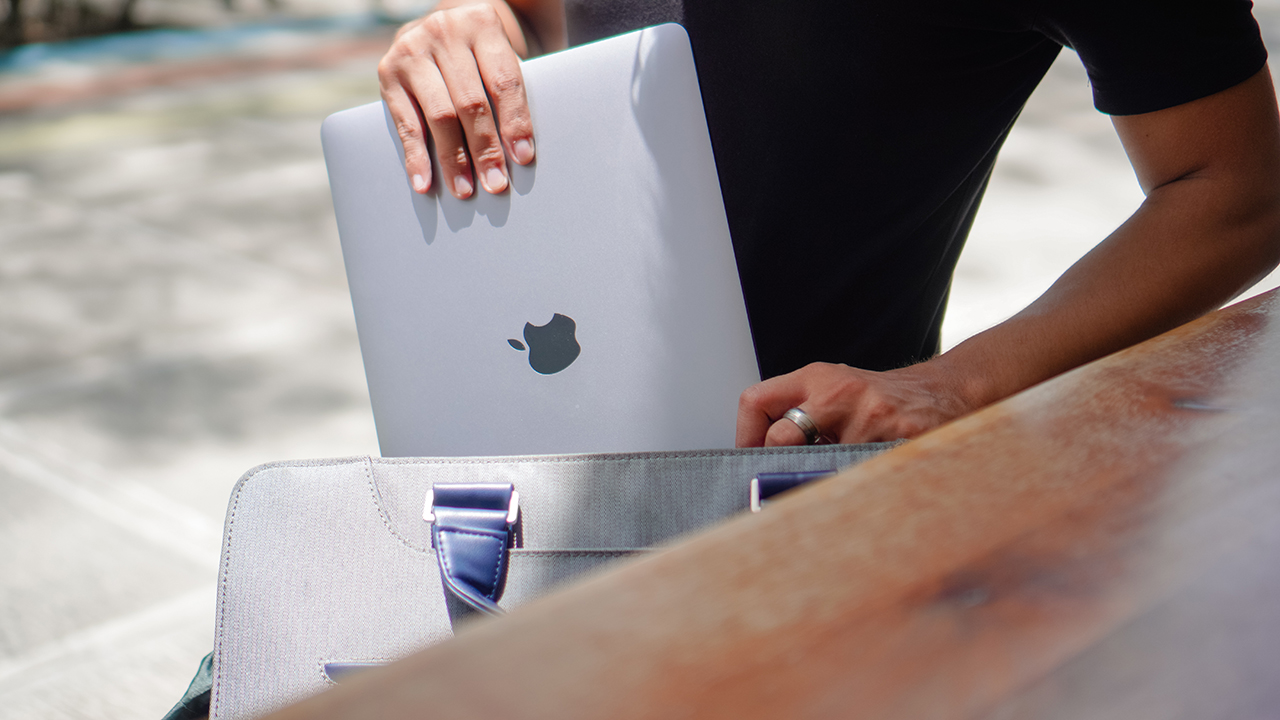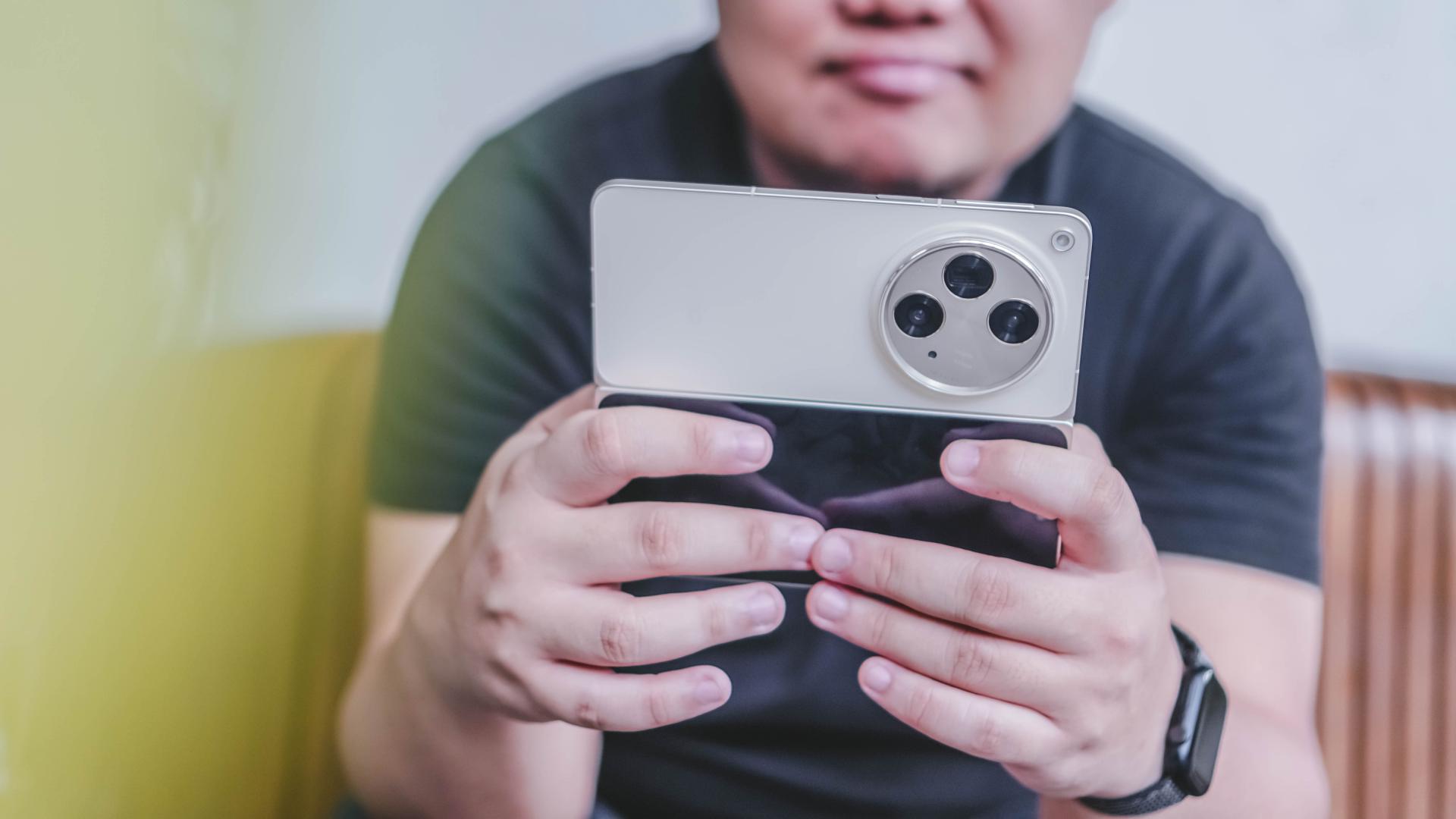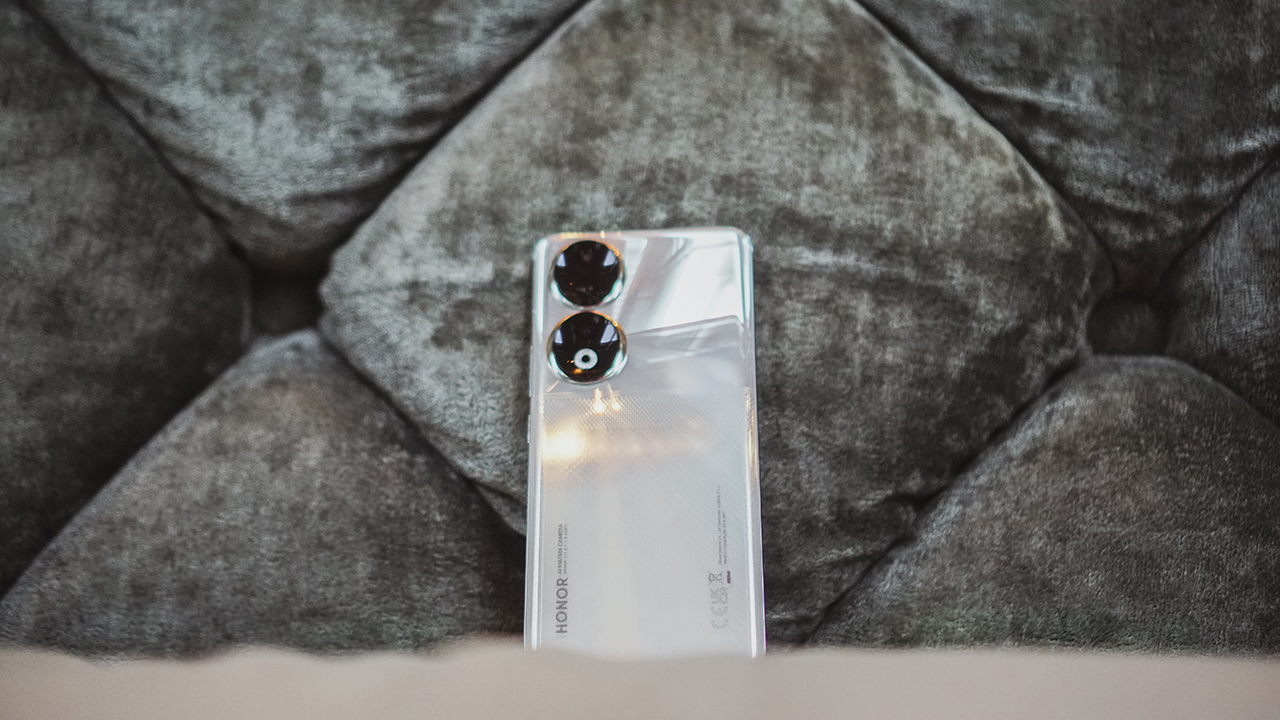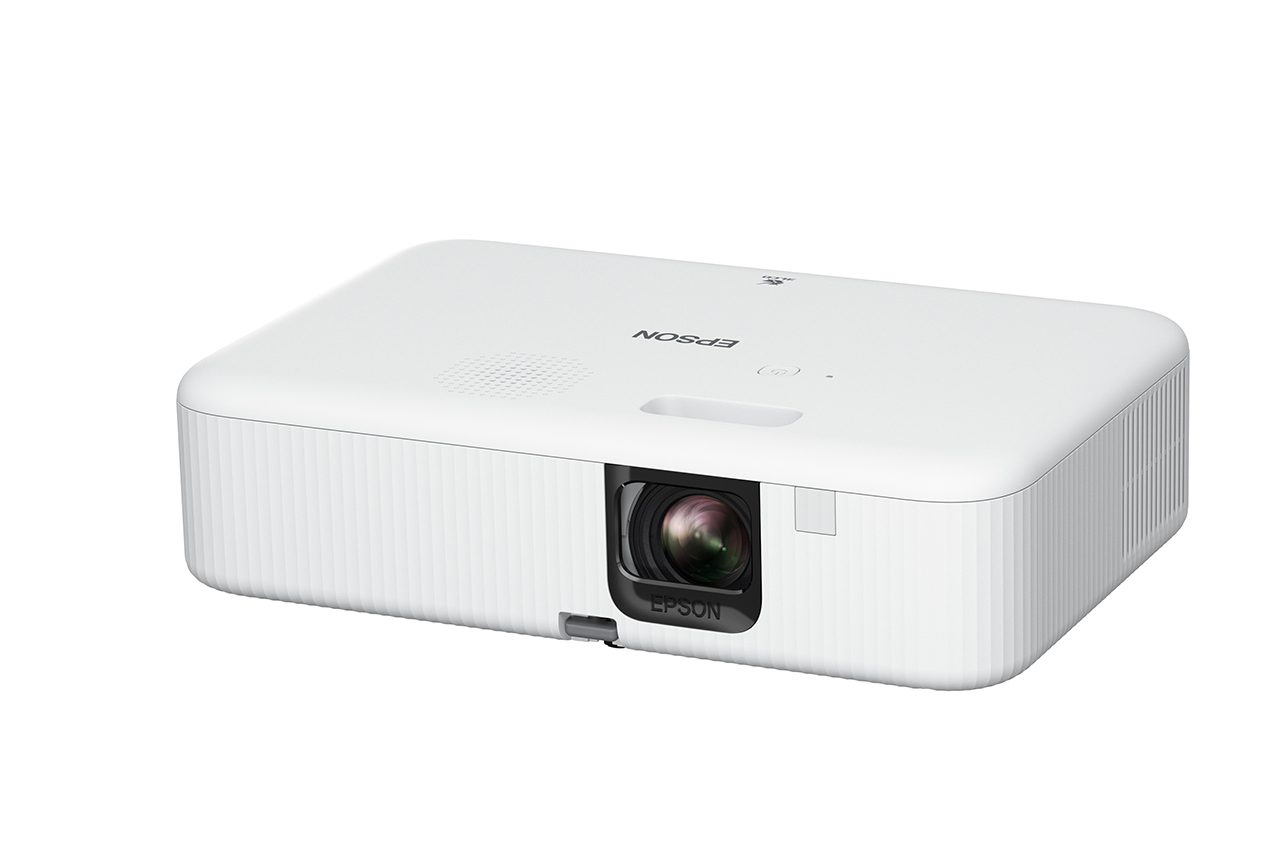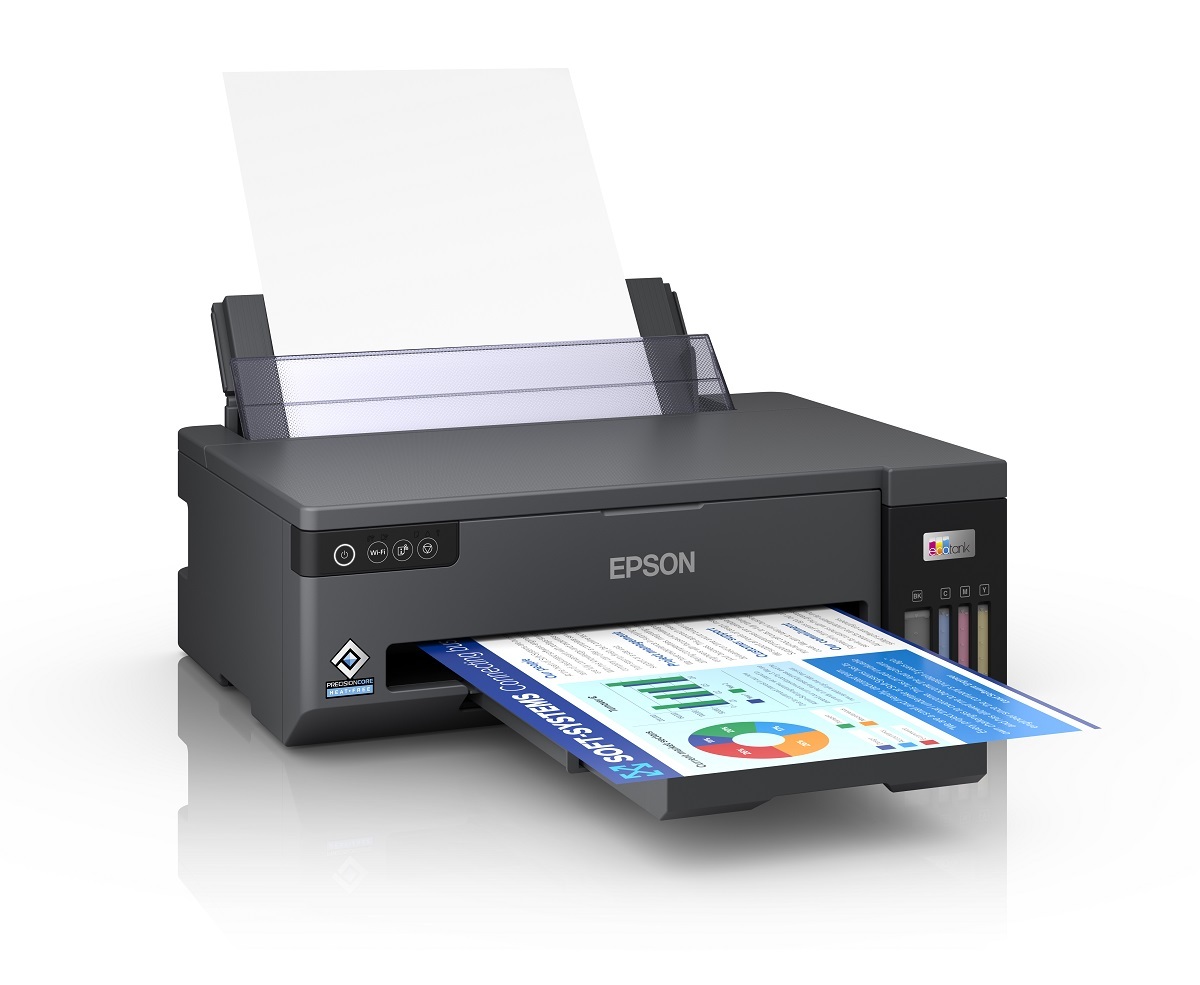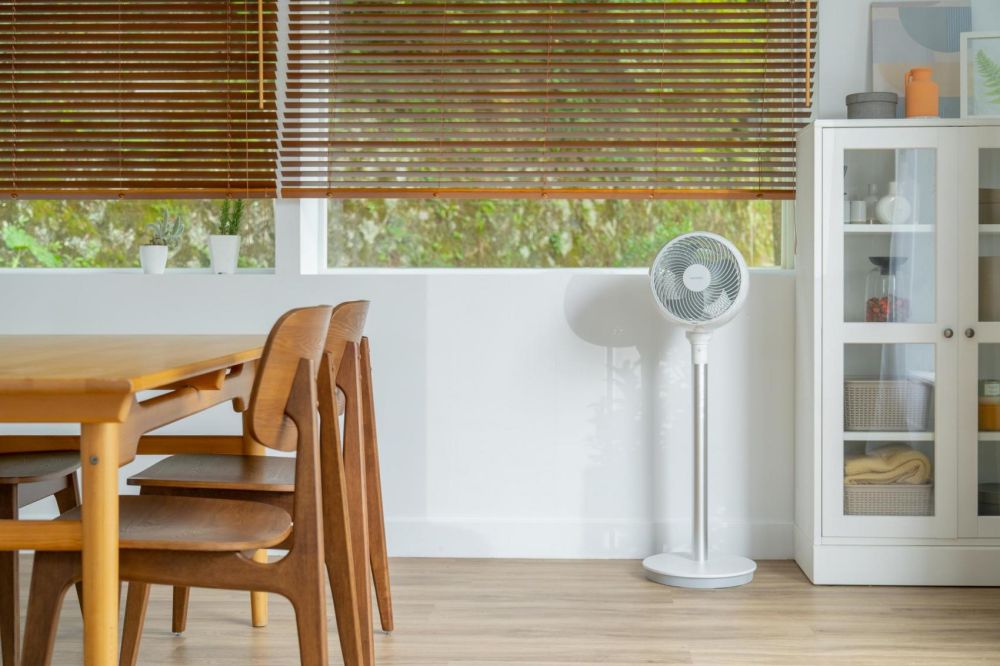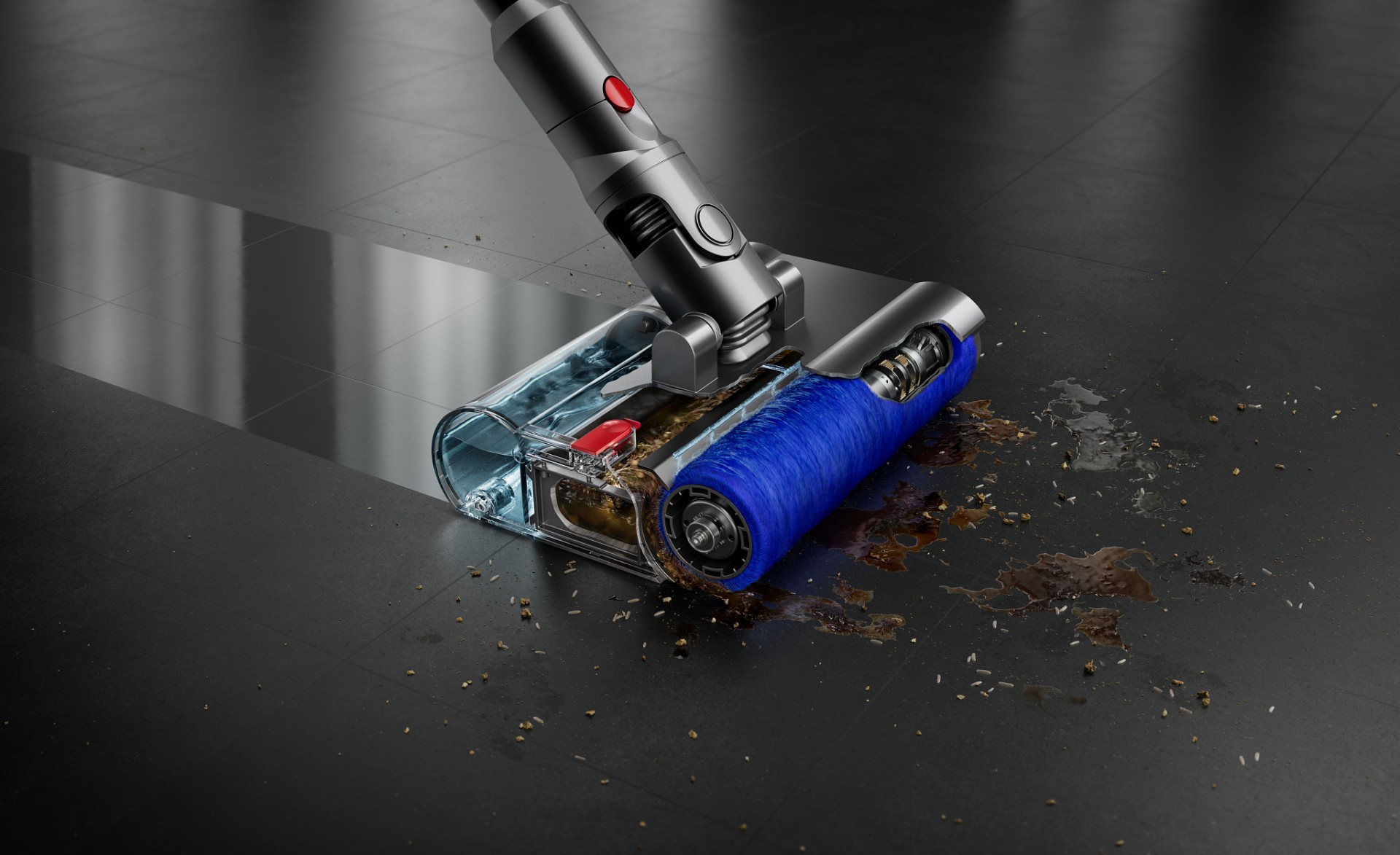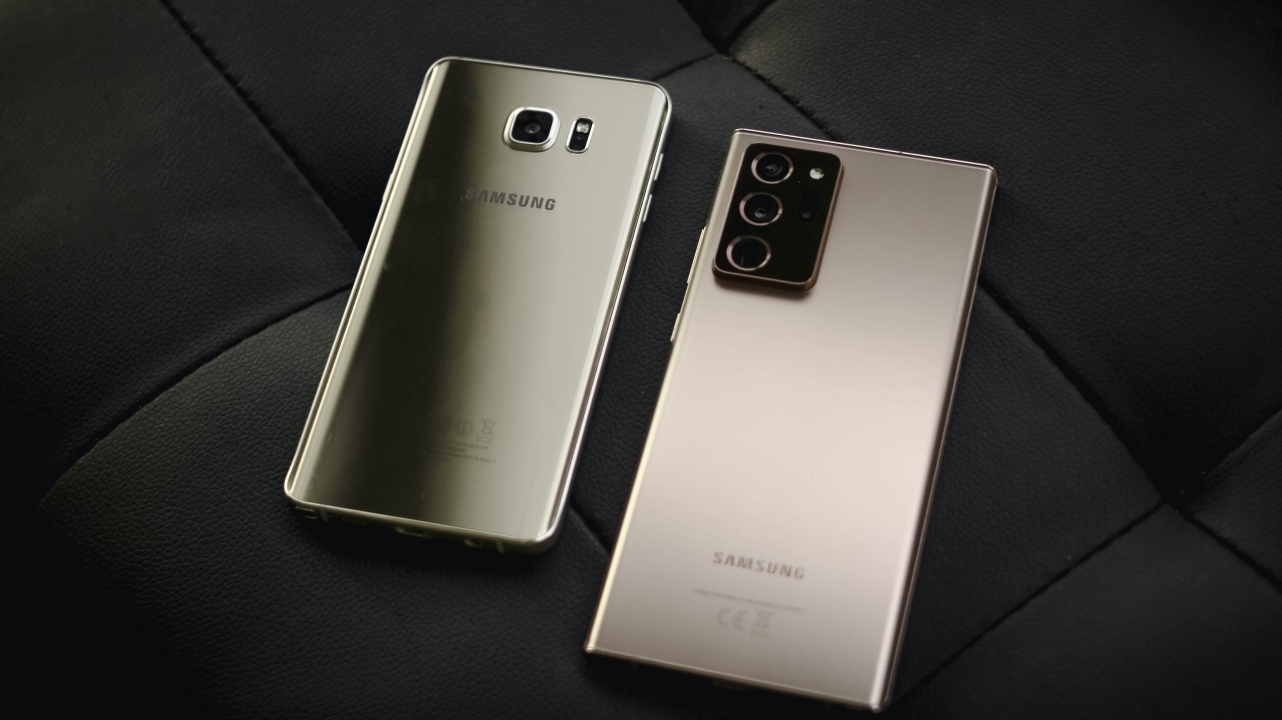
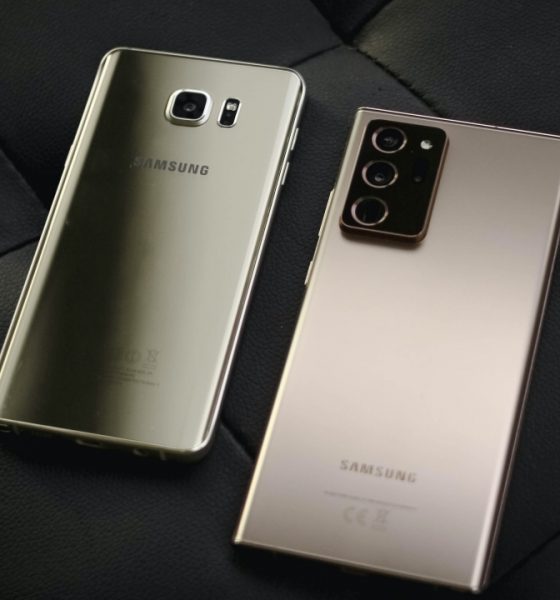
Features
Samsung Galaxy Note 20 Ultra vs Galaxy Note 5: 20 changes in 5 years
A testament to Samsung’s smartphone superiority
I clearly remember the day Samsung announced the first-generation Galaxy Note last 2011 at IFA Berlin. Back then, it got all of the attention because it’s one of the first few “phablets” with a gigantic 5.3-inch display, simply dwarfing the 4.3-inch-touting Galaxy S II. Other than the big screen, the inclusion of S-Pen is what set it apart from other contenders.
Ever since that release, I’ve dreamed of owning one — until I had my first Note with the Galaxy Note 5. Five years later, I had the chance to get my hands on the newest Note flagship, the Galaxy Note 20 Ultra.

Image by GadgetMatch
As a long-time Note fan, it’s amazing to see how Samsung tried their very best to keep up with the smartphone game by undergoing certain improvements and changes. It’s also been a while since we’ve had a dedicated Galaxy Note comparison article so why not make a new one?
After riding that nostalgia train, I tried listing down 20 changes from Galaxy Note 5 to the latest Galaxy Note 20 Ultra — that’s five Note generations passed in just five years. Here’s a testament to Samsung’s smartphone superiority.
1. Size
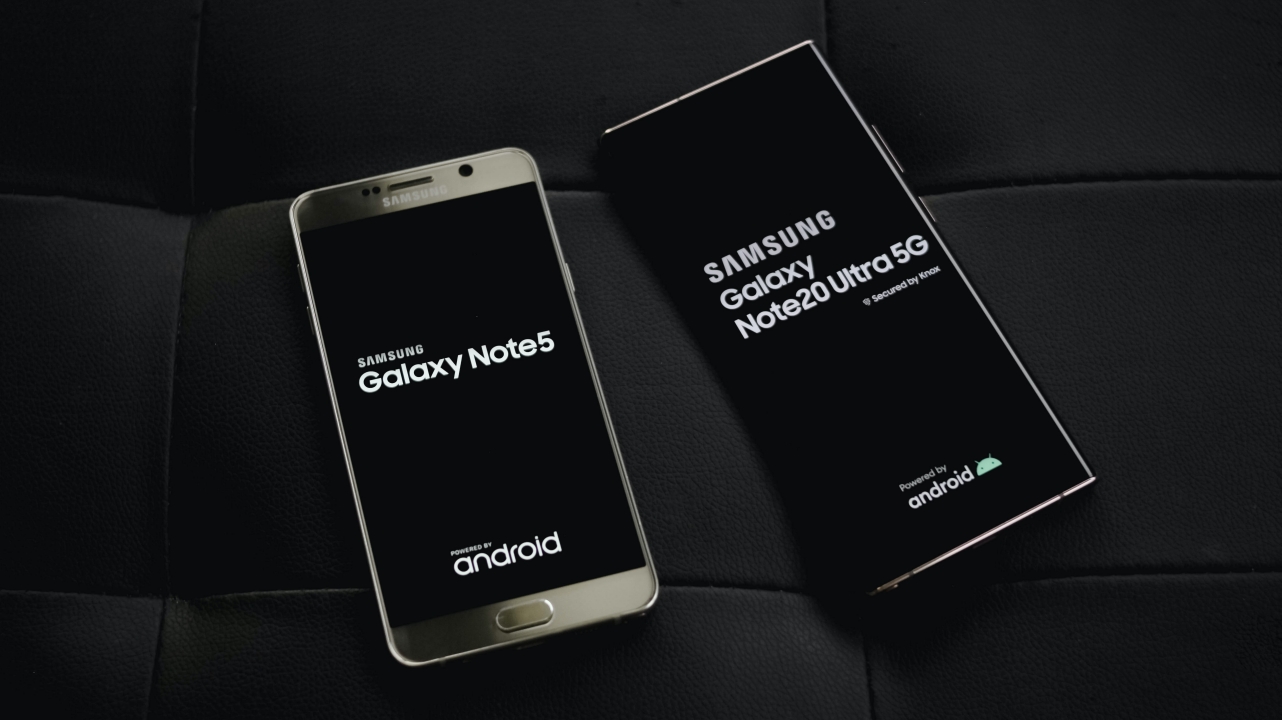
One obvious change is with their sizes. In 2016’s standards, the Galaxy Note 5 is simply one of the biggest smartphones you can own alongside its cousin, the Galaxy S6 Edge+, as well as Apple’s iPhone 6s Plus. But with a larger display, the Galaxy Note 20 Ultra simply makes the Note 5 look like a “regular-sized” piece of slab.
2. Display
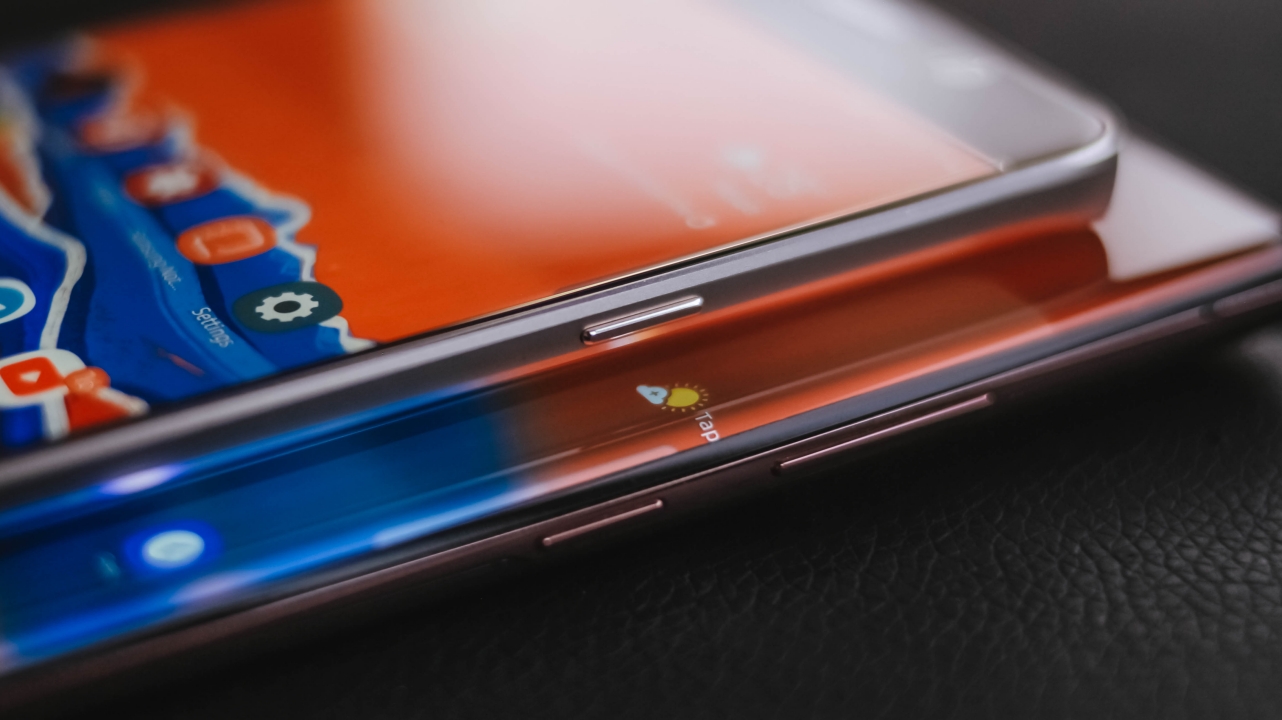
Speaking of display, the Galaxy Note 5 has a 5.7-inch Super AMOLED display with a 60Hz refresh rate. On the other hand, the Galaxy Note 20 Ultra sports a massive 6.9-inch Dynamic AMOLED display with a smoother 120Hz refresh rate.
The new display tech is a huge step-up not just for the Note line, but for Samsung’s mobile display technology. Other than the large size gap, the Note 20 Ultra also features a curved edge display that first made its debut on the Galaxy Note Edge.
3. Material
The Galaxy Note 5 was the start of a new era where removable batteries became a thing of the past. While nothing much has changed with the Galaxy Note 20 Ultra, its back is now matte instead of the shiny and glossy back of the Note 5 that’s super smudgy and prone to fingerprints and hairline scratches.
The newer Note also feels more premium even without a case because of the new material. Although the Galaxy Note 5 has curved edges on its back, it still failed to achieve better ergonomics because of its flat front which the newer Note has managed to ace because of its symmetrical design. Also, the aluminum frame was replaced by a sturdier and more elegant-looking stainless steel frame.
4. Ports

Samsung still kept the micro USB port on the Galaxy Note 5. The Galaxy Note 7 paved the way for the introduction of USB-C in the Note series — which the Note 20 Ultra still has today. Other noticeable differences are the placements of the S-Pen and speaker grilles and the removal of the 3.5mm audio jack.
5. Sensors
To make way for that edge-to-edge display, Samsung has excluded the physical fingerprint scanner on the Note 5. While it was still present until the Galaxy Note 9 (just moved at the back), the newer Galaxy Note 20 Ultra is equipped with an ultrasonic in-display fingerprint reader which made its debut on the Galaxy Note 10 series.
Other than that, the heart rate sensor of the Note 5 was also removed and is nowhere found on the latest Note flagship. This sensor has moved to smartwatches which is more widely available compared to when the Note 5 first came out.
6. S-Pen
Samsung introduced the clicking mechanism on its digital pen with the Galaxy Note 5 to imitate a retractable ballpoint pen. Several generations after, the mechanism still exists but the new S-Pen of the Galaxy Note 20 Ultra has a Bluetooth connection for Air Actions. It’s also battery-powered and can be charged through its slot.
The fine ergonomic when writing is still there but the newer one is slimmer and has a slimmer nib. Other than that, the Note 20 Ultra has a 9-millisecond latency which makes scribbling and sketching closer to reality as if you’re writing on a paper.
P.S.: Both versions of the S-Pen work on both devices; Note 5’s S-Pen works on the Note 20 Ultra and vice versa. I accidentally inserted the Note 20 Ultra’s S-Pen all the way to the Note 5 slot but of course, the older S-Pen won’t fit inside the new S-Pen slot.
7. Rear Cameras
Their rear cameras also signify the biggest jump in Samsung’s Galaxy Note line. The Galaxy Note 5 sports a single 16-megapixel f/1.9 camera sensor on its back. During my early time with this phone, it took a lot of great shots in such form factor. That’s a realization that Samsung seriously focused on their camera department.
Five years after, the megapixel size of the main sensor multiplied nearly 6.5 times! Other than the 108-megapixel f/1.8 camera, you also get two 12-megapixel telephoto and ultra-wide lenses, making it a triple-camera setup. The additional ToF 3D and Laser AF (Autofocus) sensors make the quality better than ever.
If you like all those large numbers, the newer Note 20 Ultra can record in an ultra-clear 8K/24fps resolution while the Galaxy Note 5 can shoot at 4K/30fps max — and both resolutions aren’t fully-maximized up until this day.
8. Front Camera
A larger hole doesn’t mean its better. The Note 20 Ultra has a bigger 10-megapixel f/2.2 front camera compared to the 5-megapixel f/1.9 selfie shooter of its predecessor. Video quality is better at 4K/60fps max while the latter can manageably shoot up to 2K/30fps.
9. Sound
Other than the new designation for their speaker grilles, one notable change is the inclusion of stereo speaker in the Galaxy Note 20 Ultra. The Galaxy Note 5 only had a mono bottom-firing speaker. This makes the multimedia experience better and more dynamic.
Those microphones were also leveled-up. You get to record crystal clear and a surround sound audio with the upgraded mics found in the Note 20 Ultra.
10. Software

Samsung’s ultra-buggy and bloatware-filled TouchWiz that’s found on the Galaxy Note 5 got replaced by One UI with a more striking and visually-appealing set of icons and animations.
The new UI is a drastic change for someone like me who used TouchWiz for a long time, considering it was one of the biggest drawbacks of owning a Samsung smartphone in the previous years.
11. Processor

Samsung ditched the Snapdragon variant for the Galaxy Note 5 in favor of their very own Exynos 7420 chipset. Several generations after, Samsung brought back the two chipset options with a Snapdragon 865 variant as well as the Exynos one. Fair enough, my review unit came with the Exynos 990 processor.
After years of innovation, Samsung’s in-house chip improved so much that it can keep up with its Snapdragon counterpart. Performance in the new Note has been topnotch. Meanwhile, the 5-year-old Note 5, although usable, suffered from stutters and lags mainly due to software and hardware degradation.
12. RAM and Storage
In today’s standards, the Galaxy Note 5’s 4GB RAM won’t be enough for the everyday needs of a pro user. Meanwhile, the newer Note 20 Ultra has triple the amount of memory with a whopping 12GB RAM that helps you do multitasking with ease.
Storage options for the older Note were only limited to 32GB and 64GB, while finding a 128GB variant was very rare. This year’s Note starts with that storage capacity, followed by 256GB and 512GB, plus a microSD slot for better expandability — which the Note 5 failed to keep during its time (making it the only Note device without a dedicated memory card slot).
13. Power
Over the years, every Android smartphone has significantly increased their battery capacities. Although Samsung faced the hardest bang with the battery fiasco of the beloved Galaxy Note 7, they have learned their lesson by improving their batteries’ safety and technology in every Note (and even S) flagship phones.
Generations after that, the Galaxy Note 20 Ultra was able to pack a beastly 4,500mAh battery over the Note 5’s minuscule 3,000mAh unit.
14. Charging
Charging technology has vastly improved over these years. With the bundled 25W charger, it can fill it up from zero to 100 percent in just 70 minutes. Buying an optional 45W charging brick would speed it up more.
On the other hand, the Galaxy Note 5 has a lower battery rating yet charging speeds are a little bit longer at around 90 minutes with the bundled 15W charger.
15. 5G vs 4G LTE
As you can see in the photo above, 5G speeds in the Galaxy Note 5 Ultra are instantaneous over the regular speeds you get while using 4G LTE in the Note 5.
It’s not totally a deal breaker for now as there are only a handful of 5G-enabled hotspots around the world that can maximize this feature. Still, it’s amazing to see how Samsung made the latest Note future-ready.
16. Desktop eXperience

This is a feature that’s totally missing on the Galaxy Note 5. Die-hard Samsung users would know that Samsung DeX was first introduced in the Galaxy S8 and Note 8 series via an optional dock. This is made to level up the use of their flagship smartphones by hooking up an external monitor, keyboard, and mouse into the dock to mimic a desktop-grade experience.
Although this isn’t new on the Note 20 Ultra, the ability to use it wirelessly is definitely a bump-up to make a wireless and cordless DeX-perience. And yes, it successfully runs on my MacBook Pro just via a single USB-C cable.
17. Water and Dust Resistance
Another Note-worthy feature that’s not in the Galaxy Note 5 is an IP certification rating. The old Note can withstand tiny splashes but it simply wouldn’t protect it from a full immersion in water and dust.
The Galaxy Note 7 had an IP68 rating, making it the first Note device to do so. It basically makes the phone withstand dust and water of up to 1.5 meters for thirty minutes. This rating continued generations after up until the latest Note 20 Ultra.
18. Android Software Support

For the first time in forever, Samsung has committed to a three-year support to Android software updates — which will make the Galaxy Note 20 Ultra receive an Android 13 update in 2022. The current phone runs One UI 2.5 based on Android 10 with an upcoming One UI 3 based on Android 11.
Meanwhile, the Galaxy Note 5 only lasted until Android 7.0 Nougat with TouchWiz Grace UX while the ability to run Android 9.0 Pie with One UI was entirely based from the Custom ROMs of several modders found at XDA-Developers.
19. Color Options
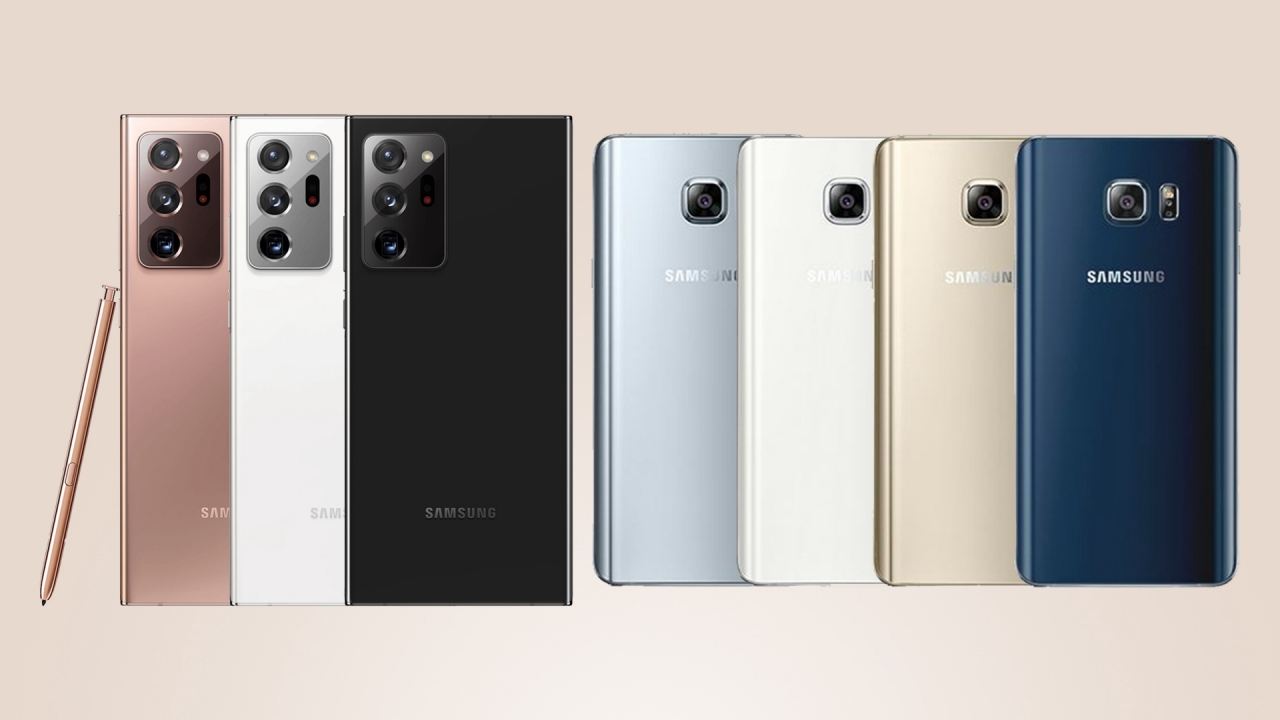
The Galaxy Note 5 was available in four different eye-catchy colors: Black Sapphire and Gold Platinum were the most common units people were rocking that time while White Pearl and Silver Titan were harder to find.
On the other hand, the Galaxy Note 20 Ultra has three colorways with Mystic White being the common denominator among the two devices. There’s also a neutral Mystic Black unit and a more premium-looking Mystic Bronze color — and the photos above prove that claim.
20. Launch Price
With all the spec bump and feature upgrades, it comes as no surprise that the latest Note 20 Ultra retails more than double the price of the Note 5 from five years ago.
The base 32GB model of the Note 5 retailed for US$699 (PhP 32,990) while the base 128GB Note 20 Ultra 5G was launched at US$ 1299.99 (PhP 72,990).

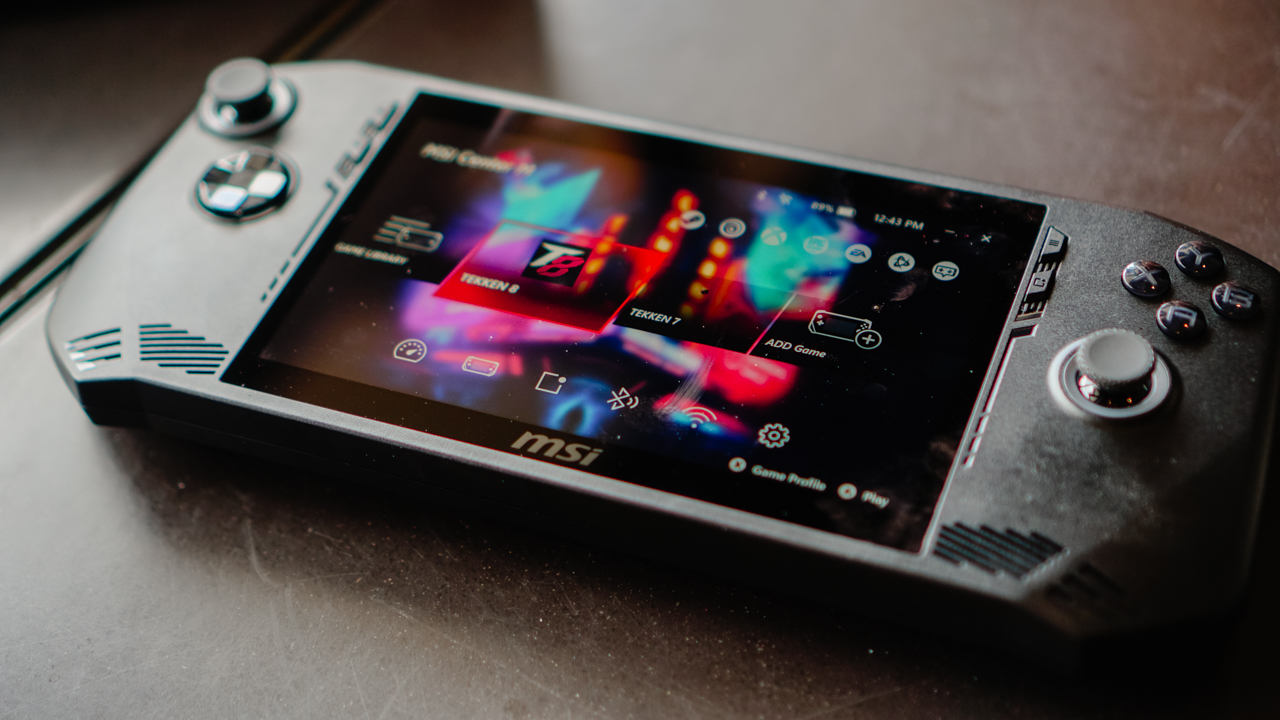
The MSI Claw is the latest gaming handheld from a major PC and laptop brand. The competition in this emerging gadget segment is tighter than ever. So, what is it about the MSI Claw that can scratch your gaming itch? Here’s a quick list.
Best grip in the game
One quick glance and it’s hard not to compare the claw with another popular gaming handheld. But a closer look and actually holding the thing will reveal that its grip easily feels better.
It has a slightly deeper groove that makes it easier to hold. So, MSI’s “Grip and Game” tagline isn’t all talk. Its design truly does provide one of the better feeling handles among its competition.
The overall design makes sure it’s made for extended gameplay sessions. The buttons are where you expect them to be. That includes the four mini buttons on the upper edges of the screen. These are the View, MSI Center M, Menu, and Quick Settings buttons.
In addition, the face buttons and d-pad all feel great. The face buttons, in particular, feel comparable to those of regular console controllers.
The rest of the buttons and triggers have a very satisfying tactile feel. It also uses Hall Effect technology to get rid of any stick drift issues.
Up top, you’ll find the power button, MicroSD Card slot, Thunderbolt 4 USB-C port, audio jack, and the volume buttons. These are intuitively placed and just makes sense given the overall design approach.
As cliché as it sounds, you’ll really think you got your money’s worth once you hold, touch, press, and grip the MSI Claw.
Dragon Vision
Now, MSI isn’t really calling it that but I thought it sounds pretty cool. A big part of the whole gaming experience is the display. Balancing resolution and frame rates is always tricky but the MSI Claw does it convincingly.
With this gaming handheld, you get a 7-inch display with a 120Hz refresh rate. Looks great on paper and it’s even better in real life. It’s the sweet spot in terms of both size and performance. There’s enough here to immerse you all while delivering a satisfying level of crisp and smoothness.
It’s comfortable to view whether you’re on the couch, on a desk table, or lying down getting a quick game in before you get some shut-eye.
Battery Life
At 53Whr, the MSI Claw has a 36% larger battery capacity than its contemporaries and promises 50% more play time.
MSI claims “elevated performance with extended endurance” using the Claw with faster charging capabilities.
These percentages are hard to measure in real life usage. What we can say for certain is that you get the expected performance and playtime typical of a handheld. That’s a little under two hours for graphically demanding titles, and close to four hours on less demanding ones.
The charging claim is legitimate. The MSI Claw juices up faster than most other handhelds, going from 20% to 100% in about a little over a K-Drama episode (roughly a little over an hour).
MSI Center M
Any self-respecting gaming handheld has its own software to make navigating the thing more manageable. While its direct competitors have an armoury crate and a space, MSI went with Center M.
The best part about MSI Center M is it puts your installed games front and center. Right when it launches, you get immediate access to the titles you have available on your machine.
MSI Afterburner is already the most commonly used app for taking a look at how your machine is performing while you play. That functionality is built-in to the MSI Claw. You can access it view the Quick Settings buttons.
Layout and functionality-wise, the MSI Center M is certainly one of the better Gaming Handheld softwares available right now.
Competitive Performance
A defining trait of the MSI Claw is that It’s the first gaming handheld to be powered by Intel Core Ultra. With it comes Intel XeSS tech. What it does is leverage AI upscaling to boost the fps of select titles.
As of launch, 50 notable games are supported. That number will certainly grow throughout the device’s lifespan. Some of the titles include Hi-Fi Rush, Dying Light 2, Forza Horizon 5, Call of Duty Warzone 2.0, Returnal, and many, many more.
Naturally, results will vary depending on the game mode you’re using. But in general, AAA games get anywhere between 10% to 45% better frame rate performance with Intel XeSS.
For our part we played TEKKEN 8 and the recently launched Horizon Forbidden West. Both graphically demanding games played relatively well on the MSI Claw. Frame rate performance on TEKKEN 8 is crucial and we got a relatively consistent fps, never dropping below 40.
Horizon Forbidden West is a much more graphically demanding game. We were able to run it in Medium Settings and while it doesn’t look as incredible, it still played relatively well with a frame rate surprising for a gaming handheld.
Extras
MSI made sure that if you wanted to, you could get some extra stuff with the MSI Claw. Its separately sold accessory set includes the Claw Travel Case, Nest Docking Station, Claw Lanyard, and Claw Keychain.
On paper, the MSI Claw lists its ergonomic design, AI Engine, and App Player as distinct advantages over its competition.
Whether it’s the Gaming Handheld that matches your needs is still ultimately up to you. If you have the opportunity to test drive the device, we suggest you do so. That might just solidify your purchase decision.
Price and availability in the Philippines
The MSI Claw will be available in three configurations in the Philippines. There are priced as follows:
MSI Claw A1M-075PH (PhP 45, 995).
- Intel® Core™ Ultra 5 processor 135H
- 512GB NVMe PCIe Gen4x4
- LPDDR5 16GB, dual channel
- Intel® Arc™ Graphics
Claw A1M-076PH (PhP 50, 995).
- Intel® Core™ Ultra 7 processor 155H
- 512GB NVMe PCIe Gen4x4
- LPDDR5 16GB, dual channel
- Intel® Arc™ Graphics
Claw A1M-077PH (PhP 53, 995).
- Intel® Core™ Ultra 7 processor 155H
- 1TB NVMe PCIe Gen4x4
- LPDDR5 16GB, dual channel
- Intel® Arc™ Graphics
Ongoing Promotion
You can still get your own MSI Claw with exclusive bundled freebies 𝐄𝐗𝐓𝐄𝐍𝐃 until 𝐀𝐩𝐫𝐢𝐥 𝟑𝟎, 𝟐𝟎𝟐𝟒!
This feature article is a collaboration between GadgetMatch and MSI Philippines.

I’ve got a new favorite pair of headphones.
They look good, sound good, last long, are compact and portable.
Most of all? They are from a brand that I truly love.
But I’m getting ahead of myself.
Here’s are V Major reasons why I love the new Marshall Major V!
Features
Fortify your home office or business setup with these devices
For the work-from-home go-getters

If the 21st century taught us something, it’s that fad trends don’t last but legitimate ones stick.
The concept of working from home is an idea deemed impossible before. Thanks to technology, though, it has become a practical alternative for professionals nowadays.
The pandemic magnified its potential even further over the past few years. Working or managing small businesses from your own place has proven to be convenient. It saves you time and money from having to commute or travel to a traditional workplace. It’s also easier to communicate nowadays with various devices and apps. Even ordering food or sending something somewhere has also become a breeze with transport apps.
It’s a trend that won’t go anywhere. For those planning on sticking to staying at home, these devices will give them enough leverage for a “future-proof” setup at the comfort of their own spaces.
Laptops
You cannot go wrong with the Lenovo Yoga laptops. They’re versatile and powerful, and should serve more than enough for light to medium tasks and overall productivity.
They’re powered by Intel Core processors and have ample memory and storage for multitaskers. Yoga laptops also have OLED screens for a crystal-clear view.
For the more budget-conscious professionals, the ASUS Vivobook line is very reliable for most office work software and basic multimedia needs. They come with powerful processors as well, and a multitude of features for your needs.
Of course, the MacBook Air with Apple Silicon is a go-to choice for those inclined on getting Apple devices.
Smartphones
If you’re the ultimate workhorse, the Samsung Galaxy Z Fold5, OnePlus Open, and OPPO Find N3 are among the best recommendations.
Although they come with higher price tags, these devices ensure that you will have a smooth and seamless experience on your fingertips, whether it’s taking and editing photos, going on quick video calls, or organizing documents and other files.
There are also all-rounders like the HONOR 90 5G, OnePlus 11, and OPPO Reno10 Pro and solid mid-rangers like the POCO M-Series, Redmi Note series, and realme’s numbered series.
These more affordable phones can still deliver what is expected of them, especially for those who simply need a phone to aid them but do not necessarily have to literally rely on it for everything.
Epson CO-FH02 projector
It doesn’t hurt to have an extra screen at home. For those looking to consume digital content on a bigger scale, the Epson CO-FH02 projector provides an expansive view. This versatile lifestyle device can also be a realistic backdrop for presentations or livestreams, instead of just merely sharing the screen.
What’s great about the award-winning projector is it beams full HD resolution images, up to 3,000 lumens of brightness, and up to a 391-inch size. It suits many different scenarios and complements your space.
There’s also a handful of connectivity options for different devices. What’s great about the CO-FH02 is it has an Android TV 2 Dongle and Chromecast built-in. The dongle enables wireless connectivity, while Chromecast built-in technology lets you stream content right from the projector, making the viewing experience a breeze, minus all the annoying cables and wires. It’s surely a reliable tool to have, and doesn’t break your wallet.
Epson L11050 Printer
Meanwhile, the Epson L11050 Printer is an excellent choice for both small business owners or those simply needing important files to print. Unlike ordinary printers, the Epson L11050 can print documents up to the A3+ size, giving the printer a distinct advantage over other models.
The printer has a page yield of up to 4,500 pages for black and 7,000 pages for colored. It delivers fast and high-quality printing of up to 30 pages per minute in black and white and 20 for colored. Moreover, it has a large, 100-paper capacity so users won’t have to open it often to refill sheets. Users may also connect wirelessly using the Epson Smart Panel app for a more efficient printing process from your device.
Aside from the convenience it offers in delivering its purpose, the ink tank printer also contributes to a more sustainable world. It is powered by Epson’s Heat-Free Technology for lower energy consumption and lower carbon emission. And with Epson’s EcoTank technology, business owners will also simply have to refill the containers instead of disposing of cartridges. The spill-free process not only saves them operating costs, but makes the printer a sustainable choice as a result.
Epson DS-C330 Scanner
To complete your Epson setup, the Epson DS-C330 Scanner is a portable sheet-fed document scanner that is an absolute space-saver.
One simply has to insert the document they need scanned and the tool will do its work in just a few seconds. The scanner can work on hardcopy files up to legal paper size, even envelopes, IDs, and passports. It has a fast and efficient scanning rate of up to 30ppm and 60ipm, respectively.
It also comes with Vertical Path and Straight Path scan modes too. This means users can seamlessly select between the path modes so the scans come up desirably. With wireless connectivity, files can be saved instantly too. That saves time for uploading documentary requirements or helping customers save their own copies.
As the DS-C330 is also made from up to 34% recycled plastic, you are assured that you are minimizing environmental impact. It is the sustainable choice as far as scanners are concerned.
acerpure Cozy F1
Of course, where there is work, there should also be comfort. The acerpure Cozy F1 is a space-saving modern air circulator that uses an energy-efficient DC Motor and 3D AirFlow technology.
It has 12 touch-activated speed settings, and can project air for up to 15 meters away so it can reach every corner of a large room.
It’s also low-noise so users do not have to worry about getting distracted or bothered when keeping it cool and focusing on their everyday tasks.
Dyson V12s Detect Slim Submarine
After a day’s worth of hard work, it’s ideal to keep your workplace clean. Not only does it reflect yourself, but having a space that’s conducive for productivity always gives you the extra edge.
With the Dyson V12 Detect Slim Submarine, users get a compact and powerful stick cleaner that washes floors and surfaces from start to finish, using clean water.
The tool’s advanced vacuum system allows it to intelligently pick up dust and other debris. The multi-stage filtration system, meanwhile, ensures that even the smallest particles get picked up, leaving your spaces clean and healthy.
-

 Accessories2 weeks ago
Accessories2 weeks agoApple Vision Pro Review: Two Months Later
-

 Features5 days ago
Features5 days agoFortify your home office or business setup with these devices
-

 Gaming1 week ago
Gaming1 week agoThe Rogue Prince of Persia looks like an ultra-colorful roguelite
-

 Events1 week ago
Events1 week agoStellar Blade: PlayStation taps cosplayers to play Eve for game’s launch
-

 Gaming1 week ago
Gaming1 week agoStar Wars Outlaws release date revealed
-

 Accessories1 week ago
Accessories1 week agoLogitech unveils G Pro X 60 gaming keyboard: Price, details
-

 Philippines2 weeks ago
Philippines2 weeks agovivo Y100 to release in Philippines on April 27
-

 Deals2 weeks ago
Deals2 weeks agoSamsung Awesome April: Deals on Galaxy A series




